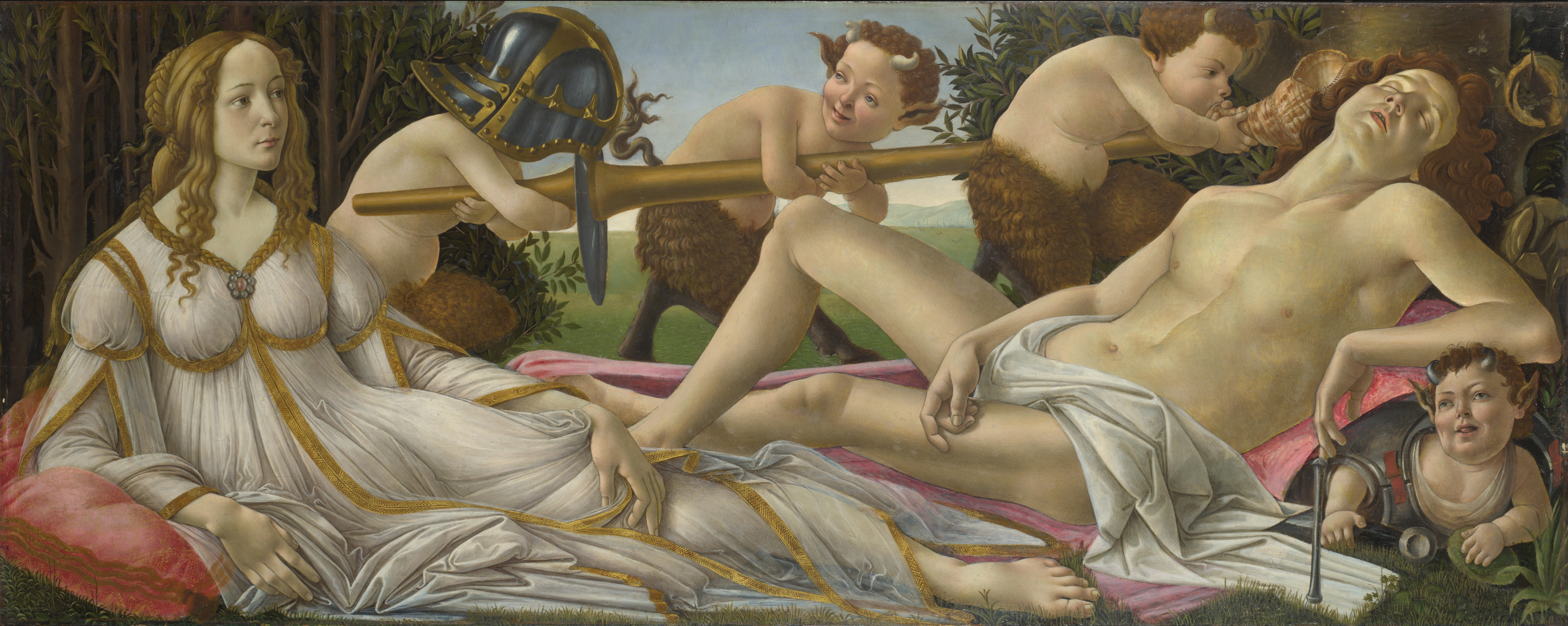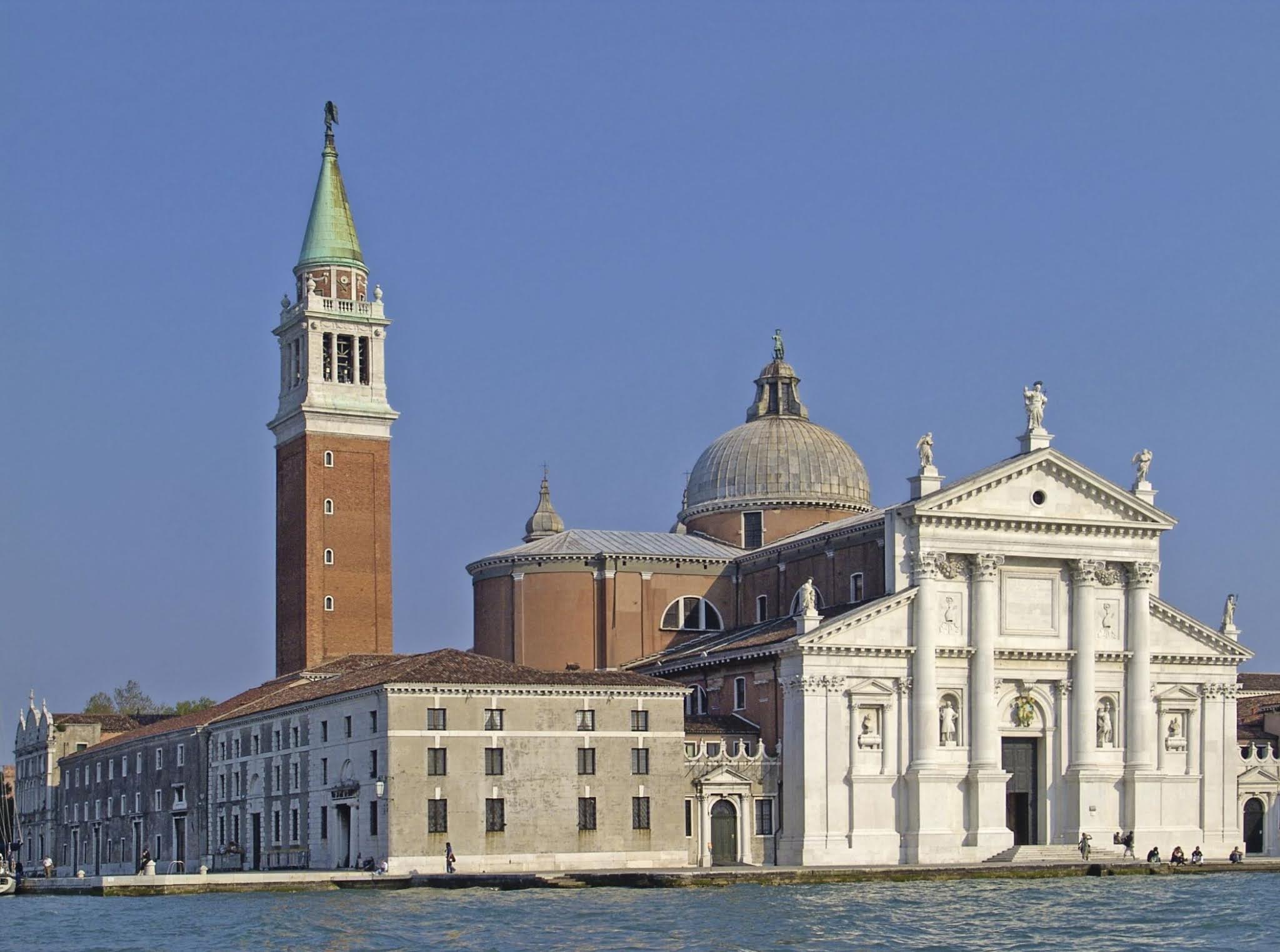The Monuments Men
Monday, September 28, 2020
The 2014 film Monuments Men with the popular George Clooney, Bill Murray, Matt Damon, Cate Blanchett, and John Goodman tells a Hollywood version of the real World War II Monuments Men. During WWII, Hitler ordered German troops to seek out, find, steal, and hide many priceless pieces of art for his new plan: the Führermuseum. Many of these works of art were kept in salt mines, a suitable choice considering they are cold and dry. These conditions are ideal for the preservation and safety of the art, because FIX THIS He planned to keep these works and put them in a future museum. The phrase "The Monuments Men" was a nice way to shorten the Monuments, Fine Arts, and Archives Program or MFAA which was made up of only about 400 men and women. These men and women were art curators, scholars, architects, librarians, and archivists from the U.S. and allied nations. MFAA was tasked with the challenge of finding, recovering, and protecting these artworks. “In areas torn by bombardment and by fire are monuments cherished by the people of those countryside’s or towns: churches, shrines, statues, pictures, many kinds of works. Some may be destroyed; some damaged. All risk further injury, looting or destruction.” George Stout.
The art history hints throughout the film start from the very beginning. The audience can spot many famous masterpieces. In the first scene, for example, the viewer spots Jan van Eyck’s Ghent Altarpiece. It is quite large with twelve panels all painted to create a scene. Shortly after, we see Da Vinci's The Last Supper. Then, when James Granger or Matt Damon is approached to be asked about going into war with MFAA, he is conserving a Michelangelo. It is a real test throughout the movie to point out different works.
George Clooney's character, Frank Stokes, was loosely based on the conservator to Harvard's Fogg Art Museum, George Stout. George Stout was a World War I veteran and had enlisted into the Navy. Shortly after, he became part of the predecessor of the MFAA. He had the knowledge and skill to be able to do the work of the MFAA flawlessly. He was deeply passionate about his job and held seminars and created pamphlets to inform museums about artwork safety. Now all he needed was a team to join in with him to go into war.
Two men standing by racks of paintings inside a salt mine in Altaussee, Austria,
circa 1945If there is one interesting nugget that the 2014 film got right, it was the story of Altaussee. One of the main Monuments Men, Robert Posey, portrayed by Bill Murray, had a toothache a few months earlier while in the ancient city of Trier. When he found a dentist there, the dentist introduced Posey to his son-in-law. The son-in-law and his family needed to go to Paris, but he aided Hitler's second-in-command steal many loads of art. He informed Posey where Hitler hid most of his stolen artworks at Altaussee which lead the Monuments Men to lots of artworks like The Ghent Alterpiece by Jan Van Eyke and Madonna of Bruges by Michelangelo.
There was a large conflict among Americans as to where the recovered German art should go. The recovered art was temporarily taken by the National Gallery in Washington D.C. "Distinguished figures in American art circles, including some museum heads have protested the removal. They maintain it sets dangerous precedent, that it tends to put the United States in almost the same light as Nazi art looters now on trial, and that it has now brought the integrity of United States policy in question." A 1946 New York Times article about the conflict. However the museum director of the Metropolitan Museum of Art, Francis Taylor, believed they should be transferred back to Germany. This issue sparked lively debates about the USA's intent.
Listen to my favorite podcast's episode on The Monuments Men:
Works Cited
"ArtCurious Episode #29: The Monuments Men." Narrated by Jennifer Dassel. ArtCurious, created by Jennifer Dassel, episode 29.
"German Art Shift Stirs Storm Here." New York Times [New York], Newspapaer ed., 7 Feb. 1946.
Lt. Daniel J. Kern and Karl Sieber examining the Ghent Altarpiece in the Altaussee mine. Smithsonian American Archives of Art, www.aaa.si.edu/collections/thomas-carr-howe-papers-7812. Accessed 8 July 2020.
"Monuments Men: On the Front Line to Save Europe's Art, 1942-1946" ["Monuments Men: On the Front Line to Save Europe's Art, 1942-1946"]. Smithsonian American Archives of Art, 20 Apr. 2014, www.aaa.si.edu/exhibitions/monuments-men. Accessed 8 July 2020.
Morrison, Jim. "The True Story of the Monuments Men" ["The True Story of the Monuments Men"]. Smithsonian Magazine, 7 Feb. 2014, www.smithsonianmag.com/history/true-story-monuments-men-180949569/#:~:text=In%20a%20race%20against%20time,years%20of%20culture%20by%20Nazis.&text=Monuments%20Men%20like%20Stout%20often%20operated%20alone%20with%20limited%20resources. Accessed 8 July 2020.
Two men standing by racks of paintings inside a salt mine in Altaussee, Austria, circa 1945. 1945. Smithsonian Archives of American Art, 20 Apr. 2014, www.aaa.si.edu/exhibitions/monuments-men. Accessed 9 July 2020.


























